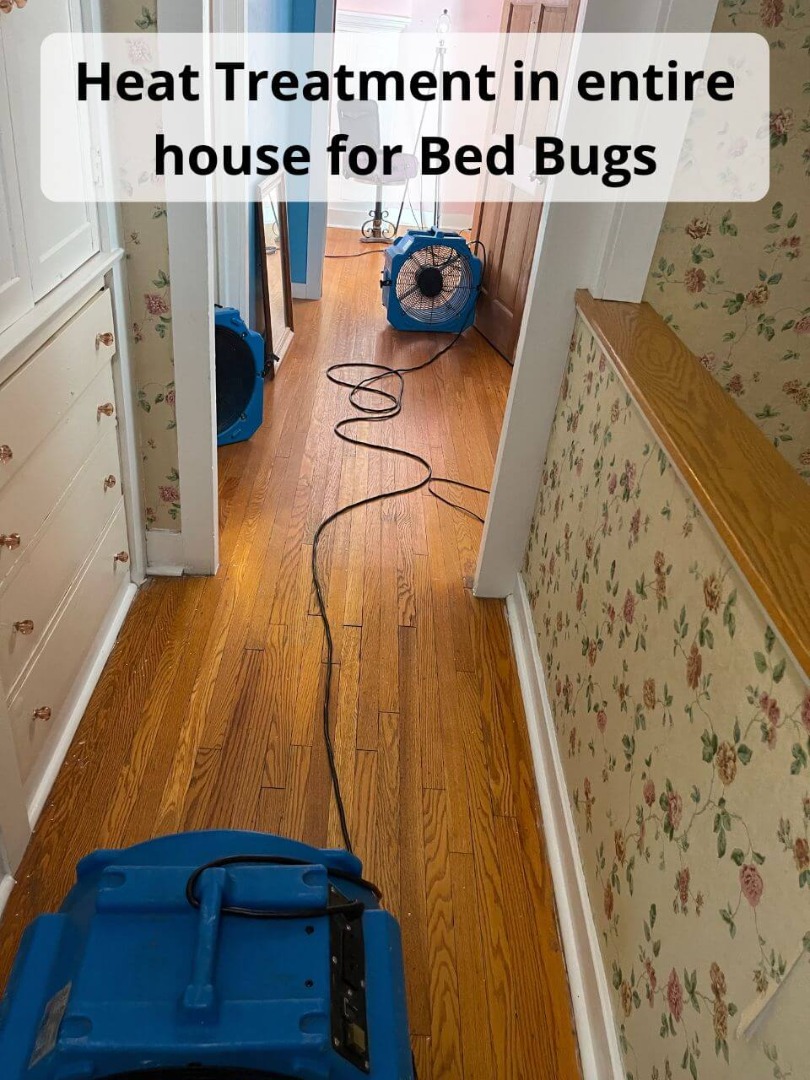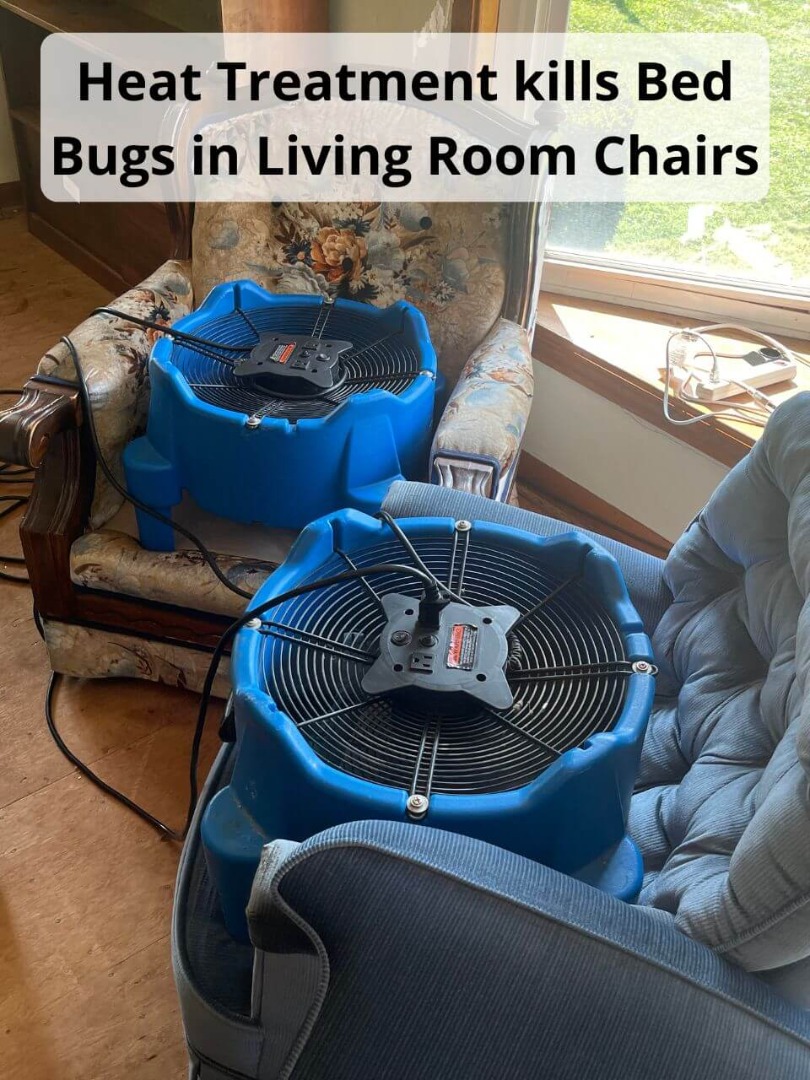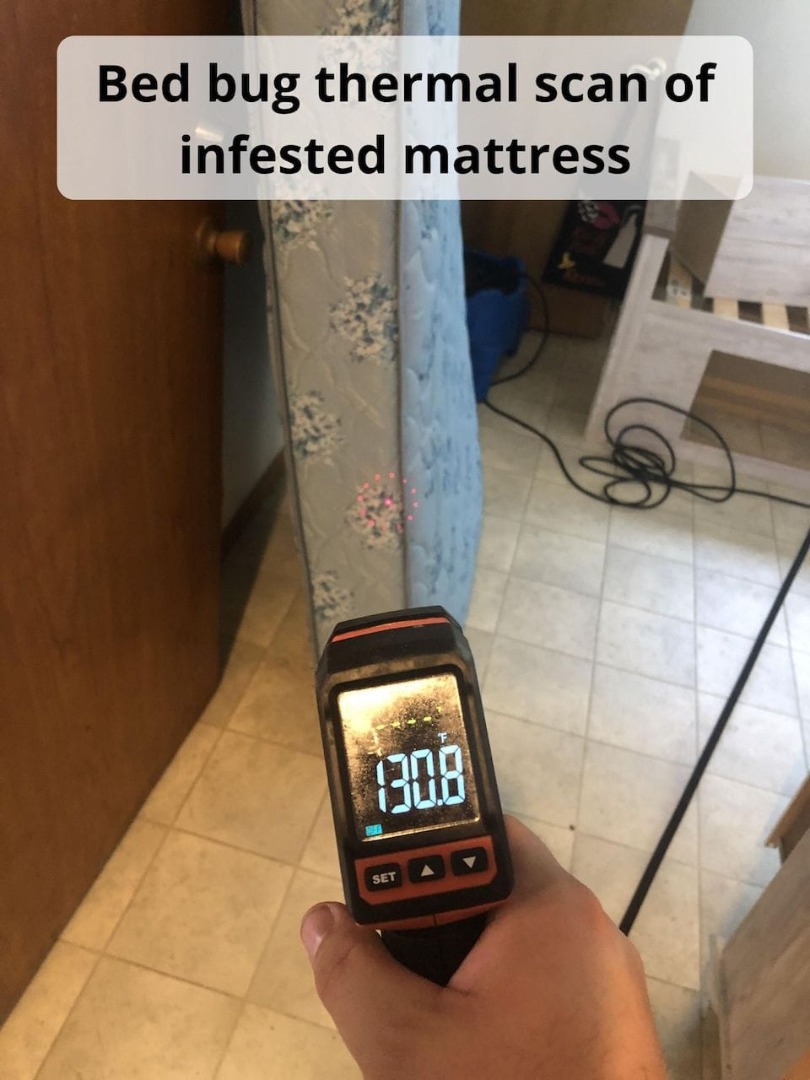

Lecta Ohio Sand Fork Greasy Ridge Rappsburg

Lawrence Gallia Cabell Mason Counties

Bed Bugs Saundersville Yarico Sand Fork
Heat treatments for bedbugs are essential for effectively eliminating these tenacious pests from your home in Lecta. Unlike chemical treatments, heat treatments can penetrate all areas where bedbugs happen to be hiding, such as cracks, crevices, and furniture. Thermal treatments are also non-toxic, making them safe for homes with children and pets. Additionally, bedbug heat treatments are known to be very effective in eliminating all life stages of bedbugs, such as eggs, nymphs, and adults. This means that, a single treatment can eradicate the entire infestation, avoiding re-infestation and lowering the need for multiple treatments. In general, thermal treatments for bedbugs offer a fast, safe, and reliable solution to eradicate these pesky insects, supplying homeowners with peace of mind and a comfortable, bedbug-free living environment in Lecta.
Kill Bed Bugs in Lecta OH
Skilled Application of State-of-the-Art Heat Treatment Technology: Bed Bugs Inc. stands as a sector expert, utilizing advanced heat treatment technology to exterminate bed bugs with precision and efficiency in Lecta. Our expertise in implementing state-of-the-art equipment ensures a thorough solution to bed bug infestations.
Unmatched Skill in Lecta OH: Backed by thorough knowledge of bed bug challenges specific to Lecta, our team of experts adapts solutions to address nuanced infestation patterns. The localized expertise we bring allows for a strategic and effective approach to eliminating bed bugs.
Dedicated to Proficient Eco-Friendly Practices: Bed Bugs Inc. is focused on being an expert in environmentally conscious bed bug solutions. Through our non-toxic heat treatment for bed bugs, we not only provide an expert resolution to bed bug issues in Lecta but also prioritize the well-being of our clients and the local environment. We take pride in our sustainable methods, ensuring effective removal of bed bugs while minimizing footprint on the ecosystem.